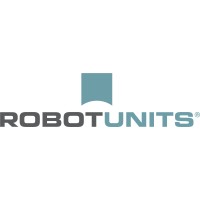
Robotunits Inc.
Robotunits develops, manufactures and delivers high quality extrusion and conveyor technology as well as safety fence and linear motion systems for material handling and assembly applications. The idea of the Robotunits modular automation system is to use the least possible number of components to offer a maximum of possible solutions. For Robotunits customers, this translates into time and cost savings in design, logistics, storage, training and assembly.






